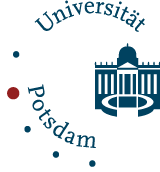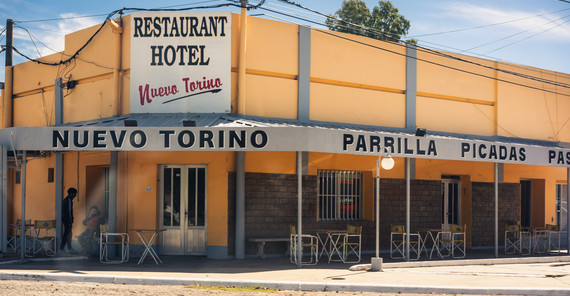You are cordially invited to the guest lecture of Dr.Eugenio Goria (University of Turin)„Code-mixing and language change in Heritage Piedmontese“.
*Time: Tuesday, June 18, 2024, 16:15-17:45 p.m.*.
*Location: University of Potsdam, Campus 'Am Neuen Palais', Room 1.19.4.15*.
The event flyer is here.
Abstract: Code-mixing and language change in Heritage Piedmontese
In this lecture, I will focus on code-mixing as a central aspect of various heritage language scenarios, and I will present data from an ongoing research on Piedmontese (Italo-Romance) spoken as a heritage language in Argentina. After presenting various definitions of heritage language, and reflecting on the theoretical implications that such definitions may entail, we will move to the sociolinguistic description of the Piedmontese community in Argentina. A remarkable feature of this community is that, since the Piedmontese migrants emigrated to the country at the end of the XIX century, a dialect rather than Italian was retained as a heritage language. Through the analysis of linguistic autobiographies it is possible to reconstruct the history of Piedmontese in Argentina, where three stages can be identified: (i) language maintenance; (ii) language shift towards local Spanish; (iii) language (and cultural) revival in recent times.
The second part of the lecture will be dedicated to the linguistic analysis of code-mixing in this community. We will present the main linguistic patterns that characterize bilingual speech in this community, and after that we will analyze in detail one specific phenomenon, namely noun insertion. I will discuss the results from Goria and Bellamy (in press), where we provide a qualitative and quantitative evaluation of this phenomenon. The results show that variation in noun insertion is mostly explained by differences in gender and number marking in the two contact languages; however, at the same time, innovative patterns of insertion emerge, which are independent of this explanation and which may represent ongoing changes in heritage Piedmontese.

